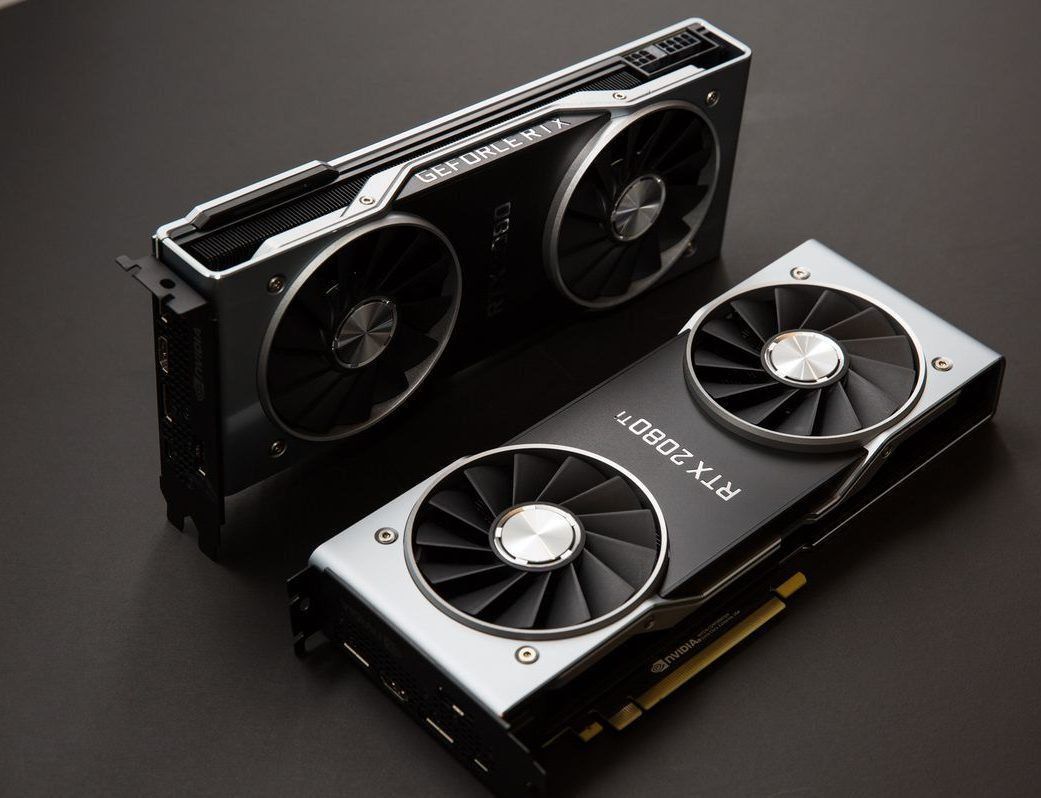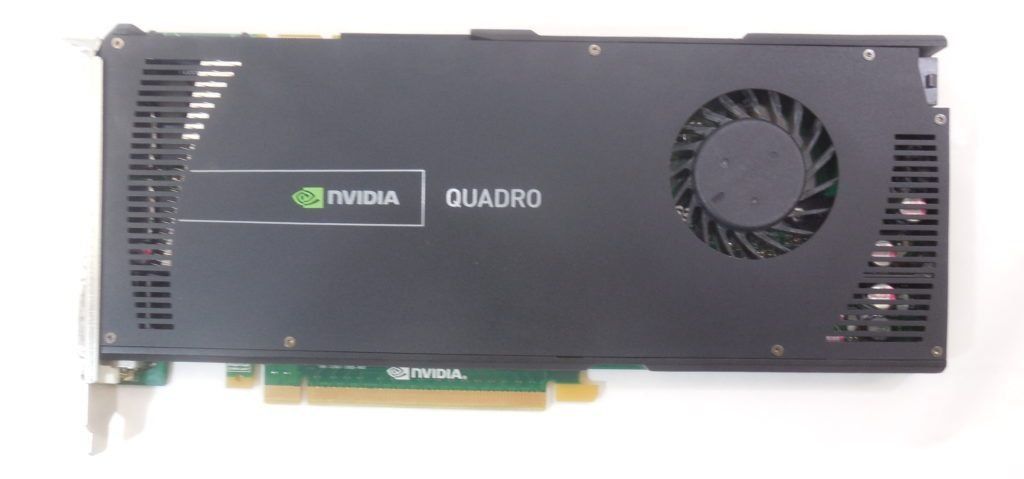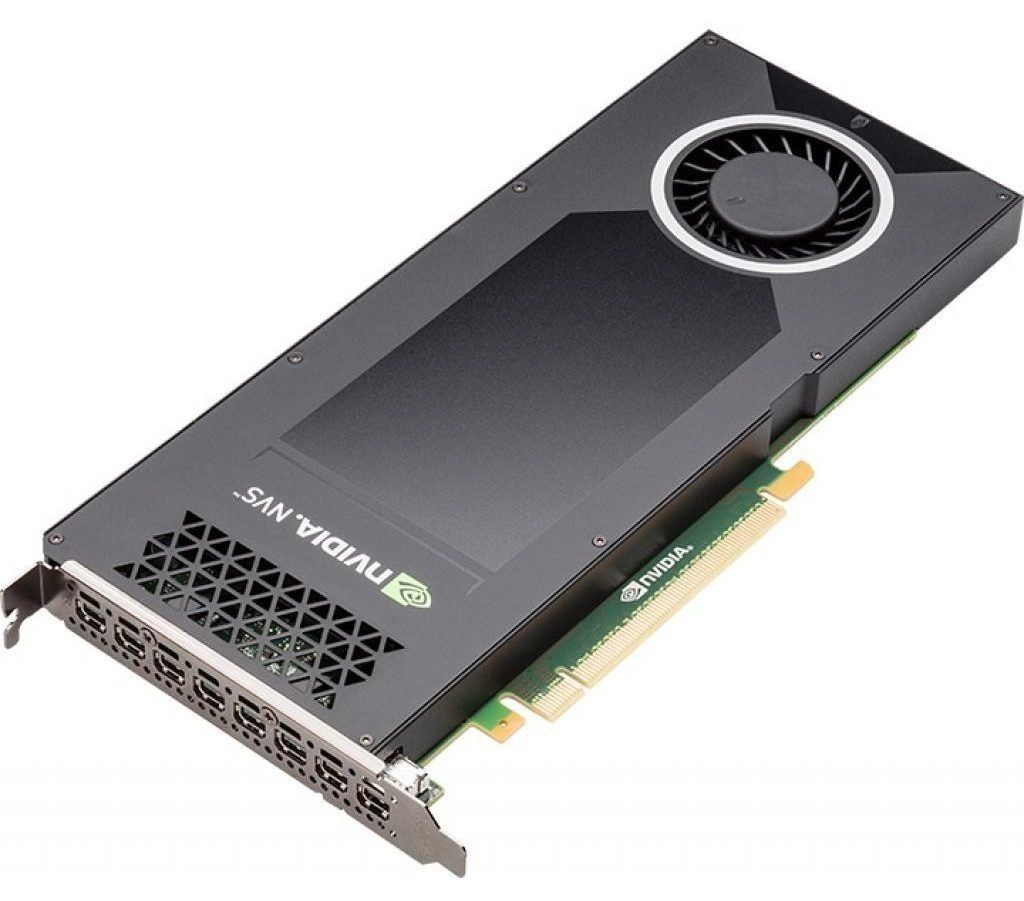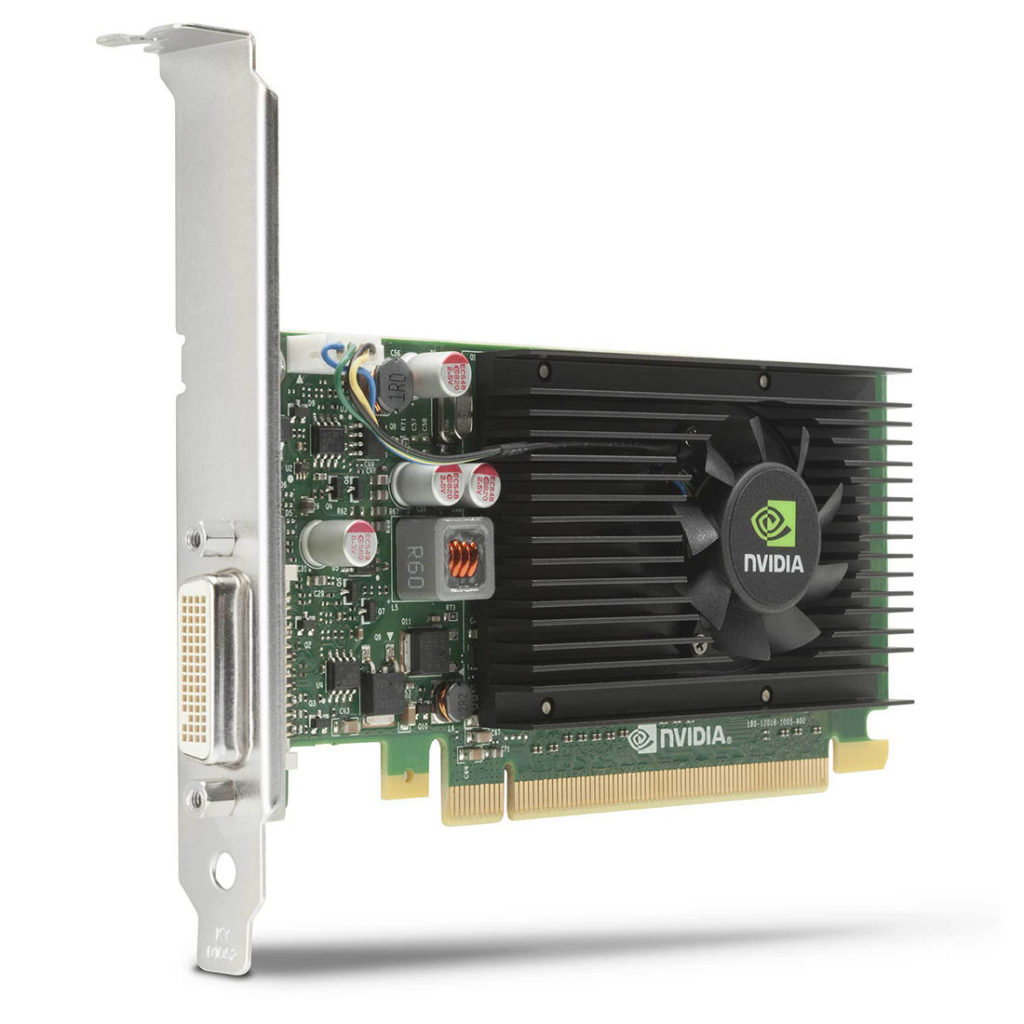
Ranking of the best PNY graphics cards in 2022
PNY is known around the world as a supplier of a wide range of industrial memory devices, graphics cards and accessories for mobile devices that meet strict standards of quality and reliability. The supplier's portfolio contains a huge list of standard and commercial products. It includes solid state drives, graphics cards, RAM modules, removable drives, and a wide range of mobile accessories.
Despite the rich product range, the company is known in the world as a supplier of NVIDIA brand video card models:
- Tesla;
- Quadro;
- Geforce.
The company does not have its own production plants and is an intermediary between consumers and producers. Why video accelerator manufacturers chose PNY is still not clear. PNY represents the products of manufacturers in the United States, as well as in Russia and the CIS countries.

Content
Briefly about the company and its products
The company entered the US market in 1985 as a supplier of microelectronics. The headquarters is located in the US state of New Jersey. Engaged in the supply of reliable and high-quality OEM equipment for domestic and commercial use. Currently, sales offices are located around the world.

The list of deliveries includes:
- DDRI, DDRII, DDRIII DIMM memory modules;
- SO-DIMM memory modules for DDRI, DDRII, DDRIII laptops;
- Attache branded USB sticks;
- SD drives;
- NVIDIA® graphics cards Tesla®, Quadro®, and GeForce® models.

The production area of the enterprise is several hectares, in the workshops of which assembly, testing, development and printing of packaging for its products are carried out. The headquarters is located on the territory of the enterprise. Product supply logistics starts here.
NVIDIA® Graphics Cards
The first video cards of this brand were produced for game consoles, but as the company grew, production technologies developed. Two years after the founding of the company, the first commercial Quadro video accelerator used on non-workstation devices appears. In 2000, the company signed a contract with Microsoft to supply GeForce cards for game consoles. Further production was established for computers and laptops.

For the first time, CUDA technology was used for accelerators, which allows increasing the computing capabilities based on graphics cards through parallel computing. In 2011, the company practically stops independent production and concludes a franchise contract with other organizations. Since then, video cards have been produced under the logos of those companies that assemble them, including under the PNY brand.

The popularity of models of this brand is due, first of all, to the use of new technologies that allow you to work with 3D images. Cards are in particular demand among gamers, designers, people professionally involved in digital video and photography.
Model GeForce®
A common brand of graphics processors and chipsets for motherboards in portable and stationary computers. It is mainly used for home and office personal computers for games, for working with graphic images that require large resources.
RTX 2080 /2070 Series
Video cards based on the Turing GPU architecture and the RTX platform. Compared to previous versions of cards in this series, the performance of this version has been increased six times. Improved rendering of game textures in real time.

- high-quality rendering of images of video games;
- ready-made drivers for a large number of games;
- virtual reality support;
- built-in NVIDIA® GeForce Experience™ for online game streaming, screenshots, and video recording;
- Ansel technology tool from NVIDIA® allows you to take high-quality photos in games;
- NVIDIA® Highlights system for recording online games;
- compatible with NVIDIA® G-SYNC™ adaptive sync technology to eliminate screen tearing;
- support for DirectX® 12 console interfaces from Microsoft®, Khronos Group Vulkan and OpenGL version 4/5;
- signal interface standard 1.4 DP and 2.0-b HDMI;
- compatible with USB type-C and VirtualLink 4;
- HDCP version 2.2 protection system for 4k video;
- NVIDIA® graphics accelerator;
- NVLink Internal Link (SLI) logic from NVIDIA®.
The RTX 2080 series comes in several flavors.Below are tables of their technical characteristics.
| Titanium 11GB-XLR8 Dual Fan | Titanium 11GB single fan | 8GB-XLR8 Dual Fan | 8GB-XLR8 for dual fan gaming | 8GB -TX 208 single fan | 8GB-XLR8 Dual Fan | 8GB with one fan | |
|---|---|---|---|---|---|---|---|
| Number of CUDA Cores | 4352 | 4352 | 2944 | 2944 | 2944 | 2304 | 2304 |
| Core overclocking | 1350 MHz | 1350 MHz | 1515 MHz | 1515 MHz | 1515 MHz | 1410 MHz | 1410 MHz |
| Maximum core overclock | 1635 MHz | 1545 MHz | 1815 MHz | 1815 MHz | 1710 MHz | 1710 MHz | 1620 MHz |
| Memory size | 11GB with GDDR6 memory chip | 11GB with GDDR6 memory chip | 8GB with GDDR6 memory chip | 8GB with GDDR6 memory chip | 8GB with GDDR6 memory chip | 8 GB with GDDR6 memory chip | 8GB with GDDR6 memory chip |
| Memory interface | 352-bit | 352-bit | 256-bit | 256-bit | 256-bit | 256-bit | 256-bit |
| Reading speed | 616 GB/s | 616 GB/s | 448 GB/s | 448 GB/s | 448 GB/s | 448 GB/s | 448 GB/s |
| heat sink | 285 W | 285 W | 285 W | 285 W | 285 W | 185 W | 175 W |
| Scalable communication interface | NVLink 2-way | NVLink 2-way | NVLink 2-way | NVLink 2-way | NVLink 2-way | Not supported | Not supported |
| Video output standards | DispPort 1.4, HDMI 2.0-b, USB type C | DispPort 1.4, HDMI 2.0-b, USB type C | DispPort 1.4, HDMI 2.0-b, USB type C | DispPort 1.4, HDMI 2.0-b, USB type C | DispPort 1.4, HDMI 2.0-b, USB type C | DVI-D, DispPort 1.4, HDMI 2.0-b, USB type C | DisPort 1.4, HDMI 2.0-b, DVI-D |
| Multiwindow | available | available | available | available | available | available | available |
| Maximum resolution capability | 7680x4320 @ 60Hz | 7680x4320 @ 60Hz | 7680x4320 @ 60Hz | 7680x4320 @ 60Hz | 7680x4320 @ 60Hz | 7680x4320 @ 60Hz | 7680x4320 at 60Hz |
| Tire | 2x8-pins | 2x8-pins | 1x6-pin and 1x8-pin | 1x6-pin and 1x 8-pin | 1x6-pin and 1x8-pin | 1x8-pins | 1x8-pins |
| Tire type | RSIE3.0 | RSIE3.0 | RSIE3.0 | RSIE3.0 | RSIE3.0 | RSIE3.0 | RSIE3.0 |
| Map dimensions | 1.73x12.36x5.04 | 1.65x11.06x5.04 | 1.57x 11.50x4.41 | 1.57x 11.50x4.41 | 1.65x11.06x5.04 | 235x112 | 281x128 |
| Width | double slot | double slot | double slot | double slot | double slot | double slot | double slot |
| Virtual reality | available | available | available | available | available | available | available |
| Price, $/rub | 1 670/103 130 | 948/104 00 | 1 203/61 290 | 799/59 140 | 948/64 100 | 629/59 140 | 948/64 100 |
GTX 1070/1080 Series
New flagship graphics card based on the NVIDIA Pascal architecture. It is the latest gaming graphics card with improved rendering of game textures, a GDDR5X swap buffer memory array and virtual reality technology.
- simultaneous multi-projection;
- virtual reaction;
- technological tool Ansel;
- support for SLI connection and HB Bridge type;
- compatible with screen tear sync technology;
- GameStream technology;
- accelerator GPU Boost series 3.0;
- support for Microsoft DirectX-12, Vulkan plugins and 3D Open GL;
- PCIe 3.0 bus;
- certified for Windows and Linux;
- maximum resolution: 7680x4320 at 60 Hz;
- video outputs: HDMI 2.0-b, DP 1.4, DLDVI and HDCP type 2.2;
- support for the latest DP type 1.4 interface.
Below is a table of characteristics.
| 1080 Titanium single fan | 1080 XLR8 | 1080 XLR8 | 1080 FOUNDERS issue | 1080 single fan | 1070 Titanium Dual Fan | 1070 XLR8 Dual Fan | |
|---|---|---|---|---|---|---|---|
| Number of CUDA Cores | 3584 | 2560 | 2560 | 2560 | 2560 | 1607 | 1920 |
| Basic overclocking | 1480 MHz | 1708 MHz (versus 1607) | 1620 MHz | 1607 MHz | 1607 MHz | 1683 MHz | 1518 MHz |
| Maximum overclocking | 1582 MHz | 1848 MHz (versus 1734) | 1759 MHz | 1733 MHz | 1734 MHz | 1708 MHz | 1708 MHz |
| Standard memory configuration | 11 GB with GDDR5X memory chip | 8GB with GDDR5X memory chip | 8GB with GDDR5X memory chip | 8GB with GDDR5X memory chip | 8GB with GDDR5X memory chip | 8GB with GDDR5 memory modules | 8GB with GDDR5 memory modules |
| Memory interface | 352-bit | 256-bit | 256-bit | 256-bit | 256-bit | 256-bit | 256-bit |
| Memory performance | 11 Gb/s | 10 Gb/s | 10 Gb/s | 10 Gb/s | 320 Gb/s | 256 Gb/s | 8 Gb/s |
| card power | 250 watts | 190 watts | 190 watts | 180 watts | 180 watts | 180W | 180 watts |
| SLI connection | SLI connection/HB bridge | SLI connection/HB bridge | SLI connection/HB bridge | SLI connection/HB bridge | SLI connection / HB-Bridge bridge | SLI connection / HB-Bridge bridge | SLI connection / HB-Bridge bridge |
| video receiver | DP1.4, HDMI2.0b | DP1.4, HDM2.0b, DLDVI | DP1.4, HDMI2.0b, DLDVI | DVI, DP1-4, HDMI | DP1.4, HDMI2.0b, DLDVI | DP1.4, HDMI2.0b, DLDVI | DP1.4, HDMI2.0b, DLDVI |
| Permission | 7680x4320 @ 60Hz | 7680x4320 @ 60Hz | 7680x4320 @ 60Hz | 7680x4320 @ 60Hz | 7680x4320 @ 60Hz | 7680x4320 @ 60Hz | 7680x4320 @ 60Hz |
| Tire | 6-pin, 8-pin | 1x8-pin PCIE | 1×8-pin PCIE | 1 x PCIE 8-pin | 1×8-pin PCIE | one 8-pin | 1×8-pin PCIE |
| Standard Support | PCIE Generation 3.0 | RSIE3.0 16x | RSIE3.0 16x | RSIE3.0 16x | RSIE3.0 16x | PCIE3.0x16 | PCIE3.0x16 |
| Price, $/rub | 699/51 401 | 499/58 899 | 924/32 650 | 699/51 401 | 699/51 401 | 499/58 899 | 924/32 650 |

Support for PCIe generation 3.0 PCIE 3.0 16x PCIE 3.0 16x PCIE 3.0 16x PCIE 3.0 16x PCIE 3.0×16 PCIE 3.0×16
The series belongs to the middle price category and has less performance than their expensive counterparts.
Model QUADRO®
Performance cards based on the Turing architecture and the RTX platform.They are used at workstations with high computing power. Designed for use by professional graphic designers and artists where performance, color fidelity and large memory capacities are important. This efficiency was achieved through the use of RT and Tensor and Volta cores, as well as through cloud graphical computing technology and a deep analysis system that allows you to work with software products like FEA, CFD, CEM and others that use graphical code for analysis.

Table of characteristics of video cards with RT cores.
| RTX-6000 | RTX-5000 | |
|---|---|---|
| Number of CUDA Cores | 4608 | 3072 |
| Number of NVIDIA RT cores | 72 | 48 |
| Number of NVIDIA Tensor Cores | 576 | 384 |
| Memory | 24 GB GDDR6 with ECC | 16 GB GDDR6 with ECC |
| RTX-OPS | 84T | 62T |
| Raycasting | 10 Gigabeams/sec | 8 Gigabeams/sec |
| Peak Performance FP32 | 16.3TFLOPS | 11.2TFLOPS |
| Peak Performance FP16 | 32.6TFLOPS | 22.3TFLOPS |
| Peak performance INT8 | 206.1 TOPS | 178.4 TOPS |
| TFLOPS deep learning technique | 130.5 Tensor TFLOPS | 89.2 Tensor TFLOPS |
| Graphics scalability | NVLink | NVLink |
| NVLink channel | 100 GB/s | 50 GB/s |
| memory channel | 624 GB/s | 870 GB/s |
| System interface | PCIE3.0x16 | PCIE3.0x16 |
| Power consumption | 295 W | 265 W |
| Form Factor | 4.4x10.5, double slot | 4.4x10.5, double slot |
| video connector | DP1.4, VirtualLink | DP1.4, VirtualLink |
| Connector DVI-D single-channel | yes, with adapter | yes, with adapter |
| Support HDMI CONNECTOR | yes, with adapter | yes, with adapter |
| Number of screens | 4 | 4 |
| Maximum dilution capability DP 1.4 | HDR 7680x4320 @ 60Hz | HDR 7680x4320 @ 60Hz |
| 5K video support | HDR 5120x2880 @ 60Hz | HDR 5120x2880 @ 60Hz |
| 4K video support | HDR 4096x2160 or 3840x2160 @ 120Hz | HDR 4096x2160 or 3840x2160 @ 120Hz |
| Maximum dilution capability DVI-D DL | 2560x1600 @ 60Hz | 2560x1600 @ 60Hz |
| Maximum dilution capability DVI-D SL | 1920x1200 @ 60Hz | 1920x1200 @ 60Hz |
| HDCP support | Yes | Yes |
| Compatible with Quadro Sync II | Yes | Yes |
| Compatible with NVIDIA GPU Direct | Yes | Yes |
| Graphics APIs | Shader, DirectX, Vulkan, OpenGL | Shader, DirectX, Vulkan, OpenGL |
| Computing APIs | CUDA; direct computation and 3D OpenCL | CUDA, Direct Computing, and 3D OpenCL |
| MOSAIC | available | Available |
| NVIEW | available | available |
| Price, $/rub | 6 299/420 00 | 2 299/153 000 |
Graphic card rating
Questions often come up on the forums: how to choose a card by price and quality, which companies are better, what are the criteria for choosing good accelerators, and many others. There is also an ambiguous opinion that even the simplest electronics can outperform the expensive ones. If CUDA-enabled graphics devices are quick to dispel such myths, the benefits of the rest depend on their performance and speed, memory size and operating frequency.
Below is a table of rating of graphic devices by their average cost.

| Position | Name | Price, $ |
|---|---|---|
| 1 | Quadro RTX-6000 | 6300 |
| 2 | Quadro RTX-5000 | 2300 |
| 3 | GeForce RTX-2080 | 1200 |
| 4 | GeForce RTX-2070 | 1200 |
| 5 | GeForce GTX-1080 | 700 |
| 6 | GeForce GTX-780 | 700 |
| 7 | GeForce GTX-1070 | 550 |
| 8 | GeForce GTX-680 | 400 |
| 9 | GeForce GTX-1060 | 330 |
| 10 | GeForce GTX-970 | 300 |
Professional video cards are in the upper price segment, but they have higher performance and support many technologies for working with photo and video materials. This is their advantage over basic digital data visualization devices.
As for the base cards, their differences in frequency and performance are not very different. The range of prices is more likely due to the presence of functionality and memory capacity, as well as the introduction of new technologies.
Overview of video cards
The bandwidth of Quadro processors is higher than gaming GeForce. Therefore, when working with CAD applications, they work much faster, sharpened to use OpenGL. This is noticeable in the speed of drawing three-dimensional graphics. However, for many 3D design plug-ins, there are no optimized drivers that reduce the performance of even powerful devices. For this reason, some software developers are starting to abandon the use of specialized drivers, so ordinary game cards can handle the rendering task quite well. As far as SLI and CrossFire communication systems are concerned, game card users bypass dual-core solutions, preferring that their cards work not in a bundle, but separately from each other. Separate work of video cards allows you to use different models of third-party manufacturers.
The presented novelties work on the Turing architecture, but in all respects it resembles the Volta. As experts suggest, the company simply decided to give a new name, slightly changing the functionality. The number of transistors reaches 18 billion, which corresponds to the number of CUDA cores of 4608. The company announced its products as a ray tracing solution, which is 10 Gigabeams / sec on the RTX 6000 model. The NVLink interface allows you to use video cards in a bundle, which improves overall performance.
The use of the abbreviation RTX and GTX in the product name is primarily due to the use of new RTX and GTX technologies based on the Pascal ray tracing architecture. The innovation takes visualization to a whole new level. This is a completely different technique of reflecting models, darkening, refraction and transmission of light, the appearance of shadows.
Reviews
In their reviews on the markets, buyers note that the cards do not heat up much, they have a good cooling system with several fans. Water-cooled boards do not heat up at all, which keeps their high performance constant. Coolers operate very quietly and do not interfere with work. They are an excellent solution for working with 3D design software products. The price corresponds to the quality, but there are cheaper analogues from other manufacturers. From time to time there are problems with drivers that crash after a while. Consumes a large amount of electricity.
The advantages of the boards include:
- high performance;
- good cooling system;
- good image quality.
Many users note that such cards should be taken for games and programs that require large system resources.
The disadvantages include:
- high price;
- poor quality drivers;
- high power consumption.
Earlier models do not have sufficient cooling, which leads to overheating of the board and reduced performance.
Conclusion
In comparison with models of the same class of early generations, the increase in productivity is obvious. It is increased by six, when cards from other manufacturers show an increase of only 15%.Flagship innovations allow you to play all the games that exist today with a video resolution of 4k.
Popular Articles
-

Top ranking of the best and cheapest scooters up to 50cc in 2022
Views: 131655 -

Rating of the best soundproofing materials for an apartment in 2022
Views: 127696 -

Rating of cheap analogues of expensive medicines for flu and colds for 2022
Views: 124523 -

The best men's sneakers in 2022
Views: 124040 -

The Best Complex Vitamins in 2022
Views: 121944 -

Top ranking of the best smartwatches 2022 - price-quality ratio
Views: 114982 -

The best paint for gray hair - top rating 2022
Views: 113399 -

Ranking of the best wood paints for interior work in 2022
Views: 110323 -

Rating of the best spinning reels in 2022
Views: 105333 -

Ranking of the best sex dolls for men for 2022
Views: 104371 -

Ranking of the best action cameras from China in 2022
Views: 102221 -

The most effective calcium preparations for adults and children in 2022
Views: 102014